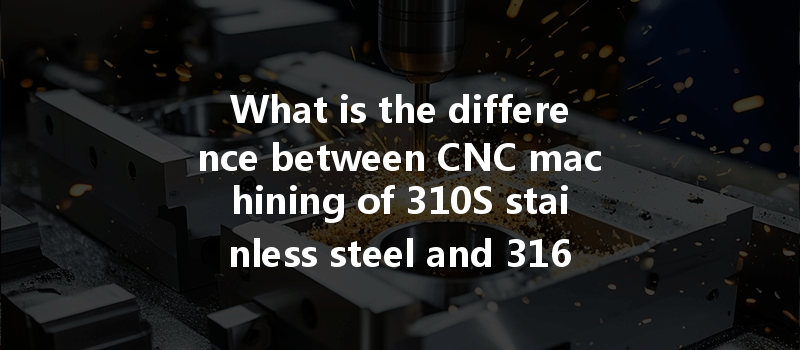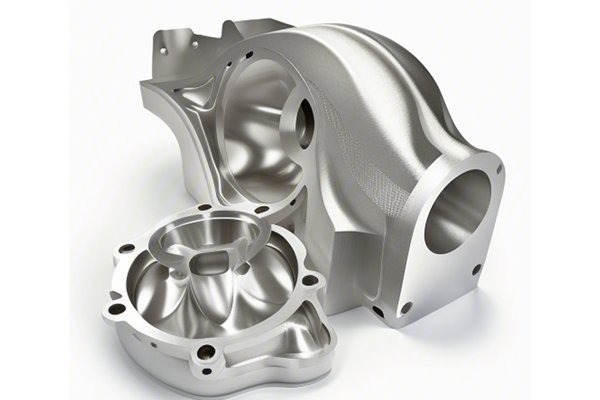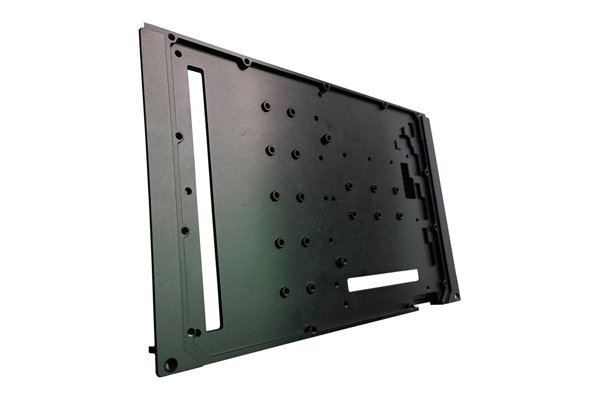Did you know that stainless steel is one of the most commonly used materials in a wide variety of industries, from food processing to aerospace? Its robustness, corrosion resistance, and versatility make it a favorite for engineers and designers worldwide. However, not all stainless steels are created equal. Among them, 310S and 316 stainless steel stand out for their unique properties and applications. This blog will delve into the key differences between CNC machining of these two materials, focusing on performance aspects, machining techniques, and various applications.
Understanding Stainless Steel Grades
Before diving into CNC machining specifics, it’s essential to grasp what sets 310S and 316 stainless steel apart. Both materials belong to the austenitic family of stainless steel, which primarily includes nickel and chromium. However, they exhibit different compositions, yielding distinct properties.
CNC Machining Overview
CNC (Computer Numerical Control) machining is a precise manufacturing process that involves the use of computer-controlled machine tools to create custom parts and components. This technology allows for high accuracy, repeatability, and flexibility, making it ideal for machining metals like 310S and 316 stainless steel.
However, the difference in characteristics between these two types of stainless steel affects the CNC machining process, leading to varying outcomes in terms of precision, surface finish, and tooling.
The Performance Differences in CNC Machining
To understand how CNC machining differs for 310S and 316 stainless steel, consider the following key performance factors:
Machinability refers to how easily a material can be cut and shaped into desired components. 316 stainless steel is generally easier to machine than 310S due to its lower nickel content. This difference can lead to various machining outcomes:
The choice of cooling and lubrication significantly influences the machining of stainless steel.
Choosing the right tools can make or break the machining process for both grades:

Both stainless steel grades may require post-machining heat treatment to ensure desired mechanical properties. However, the approach varies:
Applications and Best Practices
Understanding the differences in machining techniques also leads to insights into the applications suited for each stainless steel grade. To optimize the CNC machining process for both materials and ensure the best applications, follow these best practices.
Given its superior heat and oxidation resistance, 310S is often used in:
316 is favored in applications where corrosion resistance is paramount. Popular uses include:
: Why the Differences Matter
In summary, the differences in CNC machining of 310S and 316 stainless steel boil down to their unique compositions, which directly influence machinability, heat resistance, and surface quality, among other factors. Understanding these differences is not just an academic exercise; manufacturers can optimize their production processes and select the appropriate materials for the right applications, thereby enhancing quality and performance.
Being aware of these details helps CNC machinists make informed decisions that improve efficiency, reduce costs, and ensure that the end products meet stringent industry standards. Whether you are in aerospace, food processing, or chemical industries, considering these factors will help elevate your manufacturing processes.
By focusing on the technical aspects and tribulations of CNC machining, engineering professionals can better navigate the complexities of their projects while leveraging the benefits each stainless steel grade brings to the table. Ultimately, the right material choice and machining techniques lead to not just successful production runs but also a long-lasting impact on project outcomes and client satisfaction.
Final Thoughts
As you engage with the world of CNC machining, consider these differences not merely as technical delineations but as pivotal knowledge that can shape your projects’ successes. Understanding the nuances between types of materials like 310S and 316 stainless steel allows professionals to forge paths of innovation while minimizing complications and costs. Whether you are looking to optimize existing machining processes or explore new projects, assessing material choices with a nuanced understanding of machining differences proves invaluable in today’s competitive manufacturing landscape.






